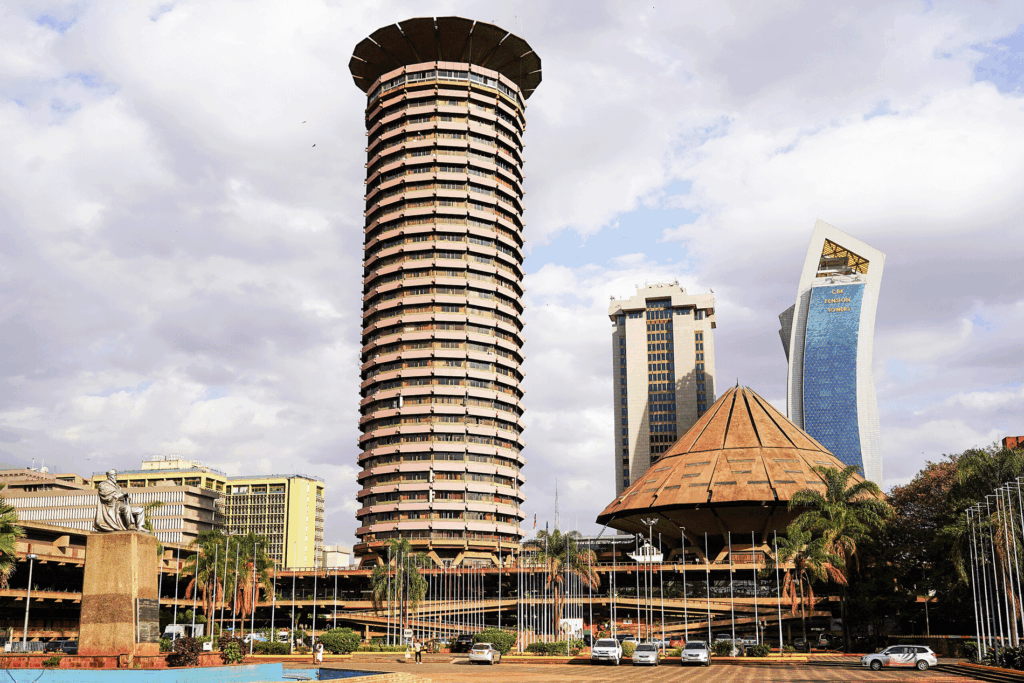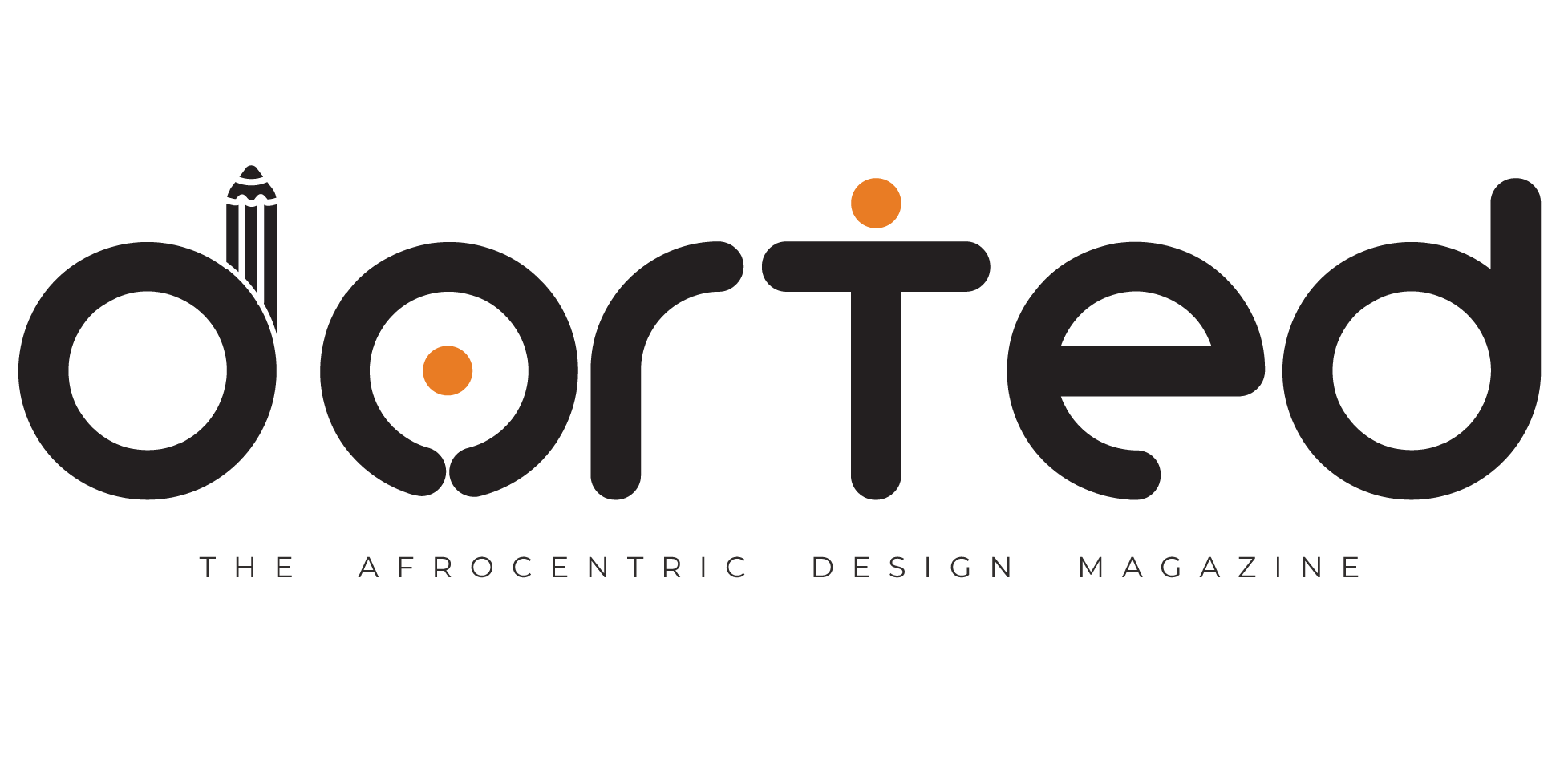
On 1 September 2026, Nairobi will host the very first Pan-African Architecture Biennale at the Kenyatta International Convention Centre (KICC). This momentous event marks a new page in African architecture. It brings together architects, scholars, artists, and activists from across the continent. It centres African voices in design and challenges global narratives. Africa is gearing up for something extraordinary—the first-ever Pan-African Architecture Biennale, kicking off on September 1, 2026, in Nairobi, Kenya. This exciting event, led by Somali-Italian architect Omar Degan, will shine a spotlight on Africa’s creativity and strength. Hosted at the iconic Kenyatta International Convention Centre (KICC), the biennale will bring together architects from across the continent to share bold ideas for the future.
A Historic Venue: The Kenyatta International Convention Centre

The KICC, the heart of the biennale, is a proud symbol of Kenya’s history. Built in 1973, just a decade after Kenya won independence from British rule, it stands tall in Nairobi as a sign of hope and progress. Architects Karl Henrik Nøstvik and David Mutiso designed it, blending Kenyan traditions with a modern style called Brutalism. The building’s three-story concrete base supports a tower topped with a disc that provides natural shade, inspired by the conical thatched homes of rural Kenya. Its light terracotta exterior gives it a warm, welcoming glow. Known for hosting pan-African events, the KICC is the perfect place for this groundbreaking biennale.
The Event: A Celebration of African Ideas

The Pan-African Architecture Biennale is a first-of-its-kind festival that puts Africa’s architects in the driver’s seat. Starting September 1, 2026, it will show the world how African designs can tackle big challenges like climate change and growing cities. The theme, “Shifting the Centre: From Fragility to Resilience,” is all about proving Africa is strong, creative, and ready to lead. This event will bring together architects from all 54 African nations to share their stories and solutions, making it a powerful moment for the continent to shine on the global stage.
The Curator: Omar Degan’s Life and Work

Omar Degan, the biennale’s curator, is a Somali-Italian architect with a passion for change. Born in Italy to Somali parents who fled their country’s civil war, Degan grew up hearing tales of a beautiful Mogadishu. In 2017, he visited Somalia and saw a city rebuilding itself, which inspired him to start DO Architecture Group, with offices in Mogadishu, Italy, and the USA. His projects, like the Arbe café and Salsabiil cultural space in Mogadishu, celebrate Somali heritage while using sustainable designs. Degan works with groups like UN-Habitat to strengthen communities in tough places. He’s partnering with the Architectural Association of Kenya (AAK), led by president George A. Ndege, to make this biennale a reality. His love for African culture and resilience drives his vision.
How the Biennale Will Work
The biennale will be a vibrant festival at the KICC, made accessible by Kenya’s open visa policy for most African nations. This means architects from across the continent can easily join. The event will feature exhibits, talks, and workshops where people can see and discuss new designs. Expect models of eco-friendly homes, plans for sustainable cities, and creative ways to use local materials. It’s designed to spark ideas and connect African architects with each other and the world.

What to Expect at the Pan-African Architecture Biennale, 2026
The length and duration of the event are now being discussed in relation to a few issues. Certain elements might be permanent, while others might be prolonged for a longer amount of time. We are still thinking about the format. In my opinion, it is crucial to emphasize that no one should anticipate a “Westernization” or dilution of exhibition experience. People shouldn’t anticipate the sort of experience where you just stroll around, admire a charming pavilion, snap a few pictures, and then go without knowing what it means. Unfortunately, a lot of modern exhibitions worldwide follow that trend.
“Creating genuine conversation is the goal, not merely creating an aesthetically pleasing area where architects arrive, snap pictures, and depart after two days. By exchanging practices and questioning preconceptions, the goal is to create a meaningful exchange between Africa and the rest of the world.”
Omar Degan’s Vision: In his interview, Omar Degan shares his bold vision for the biennale. OD discusses the Biennale’s theme and core idea.
“This biennale is called ‘Shifting the Centre: From Fragility to Resilience,’ and it’s a powerful statement. We’re challenging the old idea that Africa is weak or needs fixing. Africa isn’t just growing—it’s bouncing back from centuries of hardship, like colonial rule and resource exploitation. This event puts African architecture at the heart of the world’s conversations. It’s about showing our cities, ideas, and designs are vital to the future. We’re not following—we’re leading.”
“Africa builds, thinks, and leads – and has always done so. This is not just about architecture. It is about who gets to define the future”
Omar Degan

Why is this the right time for a Pan-African architecture biennale? What factors make it essential today?
“Right now, the world needs to hear Africa’s voice. People often see our continent as a place to help, but we’re ready to teach. Africa is the cradle of humanity, full of ancient wisdom and new ideas. This biennale is a chance to show our solutions for sustainable cities and cultural pride. It’s time to move the spotlight to Africa and prove we’re shaping the global future.”
Who can take part? Are international contributions welcome too? And how will participants be selected?
The inaugural Pan-African Architecture Biennale, launching in Nairobi in 2026, aims to transform global perceptions of Africa by showcasing its resilience, indigenous knowledge, and innovative urban strategies. Curated by Omar Degan, the event emphasizes decolonizing architectural narratives, advocating for Africa’s leadership in shaping future urban and cultural landscapes, and fostering continental and international dialogue rooted in local contexts. It serves as a political act to reclaim African agency and redefine the global discourse on architecture and development.
What kinds of projects or voices are you hoping to see come forward?
We seek projects that respond to Africa’s genuine issues—such as land, water, migration, memory, climate change, and displacement—rather than glamorous designs aimed at winning awards. We invite architects and designers committed to intentionality, drawing inspiration from local traditions, and imagining futures rooted in pan-African unity, indigenous knowledge, and resistance through architecture. The biennale is dedicated to promoting architecture that communicates, protests, and fosters healing, rather than remaining neutral or detached.

What does the full experience look like? Is it just exhibitions and talks, or much more?
The biennale is a vibrant, interactive event that showcases 54 national exhibitions representing each African country. It features discussions, presentations, and provocative talks by prominent African and diaspora architects, curators, activists, and thinkers. The program also includes community-driven workshops and installations in Nairobi and its surroundings, along with various civic and cultural events like performances and public rituals that connect to everyday life. Additionally, there are collateral events organized by institutions and groups from across Africa and beyond. Overall, it is designed to be a participatory platform encouraging engagement, challenging ideas, and powering ongoing dialogue.
OD reveals why this project matters to him personally.
I was inspired by the willful disregard for a whole continent. Not by chance, but on purpose, African architecture has been removed from the world’s consciousness. International stages do not feature our architects. Seldom are our cities examined according to their own standards. If they are recognized at all, our customs, knowledge bases, and future goals are viewed as afterthoughts. We are not, however, a footnote. The basis is us. I’m refusing to accept invisibility with this biennale. It is a statement: we exist, we create, we envision, and we remember. We make no requests for praise. We are taking ownership of our space and constructing it ourselves.

The word is out—what’s the action that follows?
The open call will then be formally launched, inviting participation from architects, designers, institutions, and thinkers. More than that, though, it is the start of an international dialogue. We are aiming for a number of continental and international gatherings, including conferences, exhibitions, and discussions, that will create excitement and a sense of community. We will keep working to finalize our roster of contributors and speakers, but more significantly, we will start forming strategic alliances with organizations and people that sincerely support the project’s goals.
African architecture isn’t the only thing being displayed here. It involves moving the focus toward the continent that created the globe on an intellectual, political, and structural level.
Image Gallery








Discover more from dorted
Subscribe to get the latest posts sent to your email.






